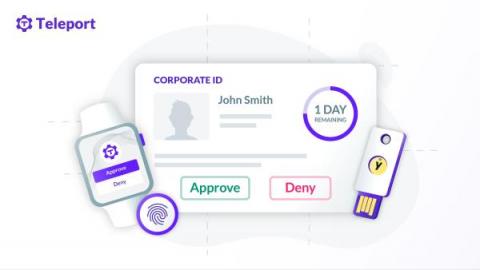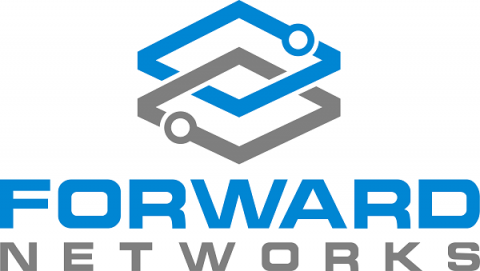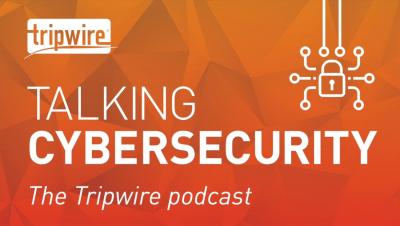Weekly Cyber Security News 07/01/2022
A selection of this week’s more interesting vulnerability disclosures and cyber security news. For a daily selection see our twitter feed at #ionCube24. What a start to 2022…. I happened to be on Twitter New Year’s Day and spotted a flurry of tweets about MS Exchange. Digging deeper it looks like a lot were firefighting a serious bug.










